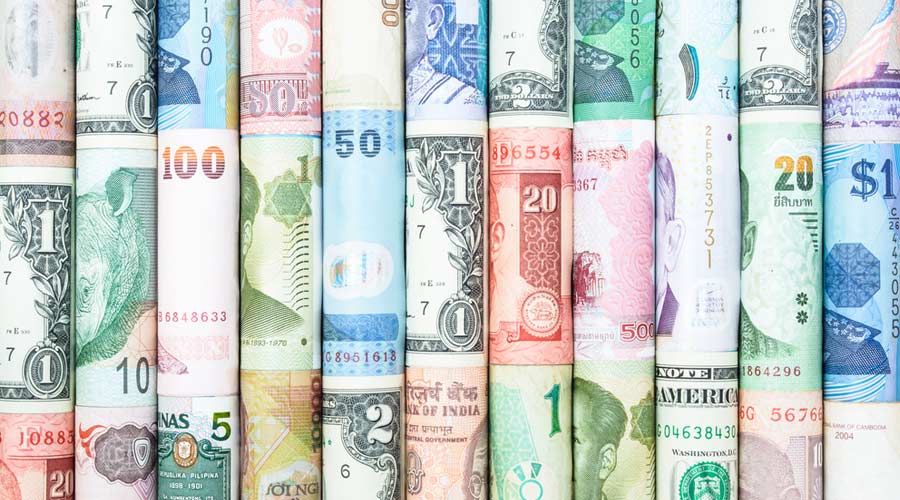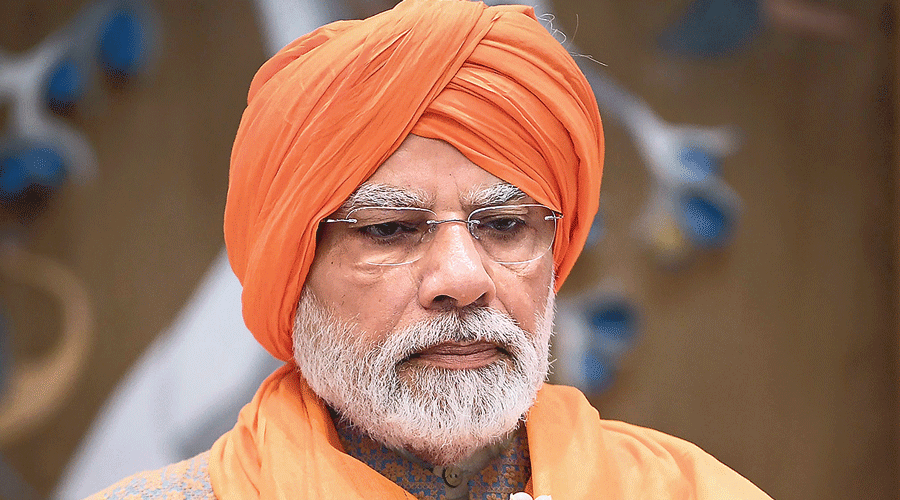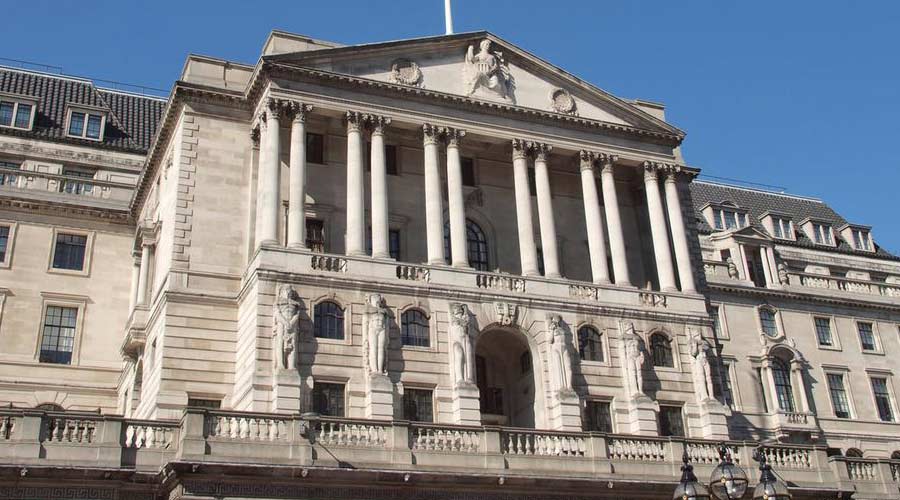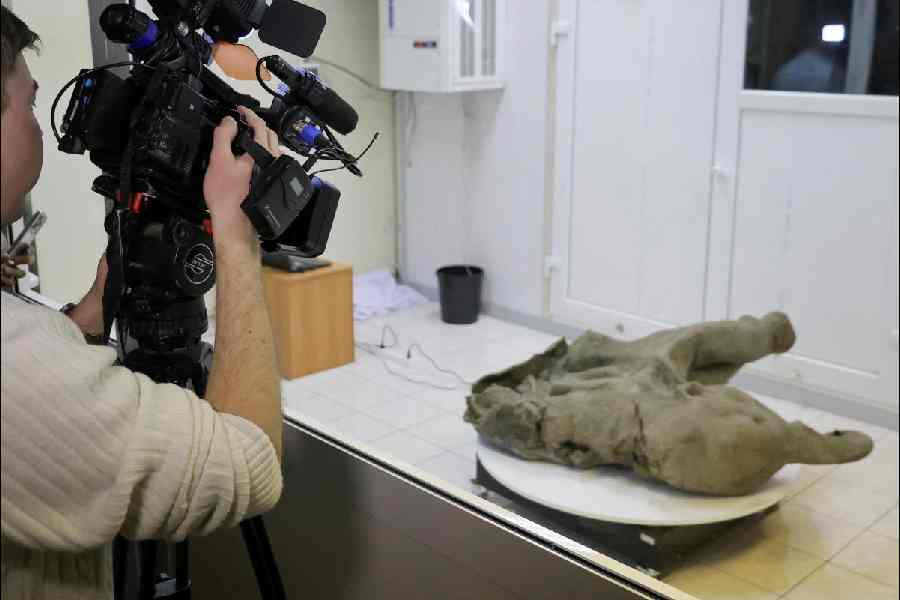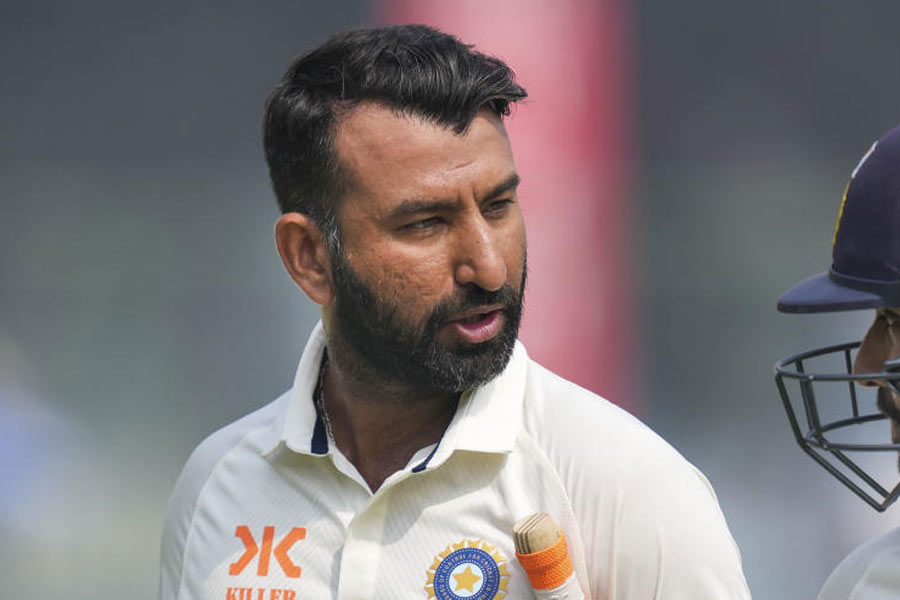Currencies around the world from the rupee, the yuan, and the yen to the euro and sterling are waging a so-far losing battle to hold their own against the almighty dollar. The US currency’s brute strength has been pumped by an ultra-hawkish US Federal Reserve that’s hiking interest rates to tame the hottest domestic inflation in four decades.
Feeding into this grim scenario is Russia’s escalating war against Ukraine that’s triggered a worldwide flight into US safe-haven assets.
The toxic combination of US dollar strength, rising global inflation, and the fighting in Ukraine has plunged currency, bond and share markets worldwide into turmoil. It's safe to say the global economy is now facing its most precarious situation in the last 40 years -- worse even than the 2008 crisis and the Asian economic crisis of the 1990s.
Central banks in India and globally have been battling to keep their currencies from falling too sharply and also tame inflation by increasing interest rates. But it’s a delicate balancing act because if they raise borrowing costs too steeply, authorities in India and elsewhere fear they will choke off chances of a broad-based post-pandemic recovery and tip their economies into recession.
The Indian currency, which has lost more than 9 per cent of its value against the dollar since the start of the year, rallied slightly Thursday to 81.53 rupees to the greenback after touching a new low-water mark of 81.94 Wednesday.
With global funds pulling more than $20 billion from the country’s share market, the central bank has so far spent $1 billion to “even out” the rupee’s fall, pushing its foreign reserves to a two-year low.
The dollar, which is trading at two-decade peaks, got fresh wind in its sails after the Federal Reserve reiterated this week that it would hammer down inflation with more aggressive rate increases even at the risk of triggering an economic recession. The dollar has been on a super-charged run thanks to the most aggressive bout of US rate hikes since the 1980s.
No change as of now
“We see no change in the strong dollar story over the next six to nine months," said Chris Turner, Global Head of Markets at ING.
The firmer rupee came as the Reserve Bank of India began a two-day monetary policy meeting at which it’s expected to decide to hike interest rates by 50 basis points. But the central bank’s expected rise would in no way match the Federal Reserve’s 75-basis point rate increase last week,
Sterling, which was already feeling the pain from the strong greenback, is flirting with dollar parity, once considered unthinkable, and into uncharted territory on global exchanges amid savage criticism of new Conservative Prime Minister Liz Truss’s tax-cutting and energy subsidy plan funded by massive public borrowing. It’s currently at 1.07 POUNDS STERLING to the dollar.
IMF rebukes UK tax cuts
The government asserts its radical fiscal policies will ignite economic growth but the International Monetary Fund in an unprecedented rebuke called the tax cuts “excessive” while rating agency Moody’s warned of lasting economic damage. Even with the UK currency and bonds going into freefall, Truss on Thursday insisted that “I’m very clear the government has done the right thing.”
The euro, meanwhile, is trading at its weakest level in two decades against the greenback with foreign buyers steering clear of continental Europe given the dangers posed by Russia’s war against Ukraine and fears of the impact of energy shortages on economic powerhouse Germany.
“The US dollar is acting like the only safe haven in town, but its remarkable performance has been aided by the euro and pound’s wild drop amid a confluence of inflation, energy and fiscal crises,” said Capital forex exchange analyst Piero Cingari.
Band Aid actions
But analysts say central bank measures to shore up their currencies can only serve as Band-Aid actions while the dollar keeps firming.
The yen, which has been hovering at near quarter-century lows against the dollar, has strengthened slightly after the Bank of Japan moved to shore up the currency, saying it would sell dollar to buy yen to stem recent sharp declines. It’s the first time Japan has intervened in the markets to support its currency since 1998 during the Asian Financial Crisis.
South Korea is buying back sovereign bonds, and Taiwan is talking of currency controls. Indonesia, whose rupiah is near a two-year low, is cutting dollar reliance by seeking local currency settlements with South Korea and Australia. China, whose economic activity has been weakening on the back of its Covid clampdowns, is telling funds not to undertake large share sales and warning against speculative bets on the yuan which has fallen to its lowest level since 2008.
Slow the decline
Intervention, though, can “only help to slow the decline in Asian assets, rather than stem it,” said Mitul Kotecha, head of emerging markets strategy at TD Securities in Singapore.
For the bond market, it’s been steeply downhill as central banks globally hike rates to control inflation and prices slide as the market seeks to catch up by offering richer yields. The 10-year Treasury yield, a benchmark for global borrowing costs, hit 4 per cent on Thursday for the first time since 2010.
The Bank of England, meanwhile, in a bid to end the chaos in the British fixed-income market announced it will buy as much government debt as required to restore “orderly market conditions.” The announcement came after the worst bond selloff in decades, triggered by the government’s tax-cut plan.
Greatest bear markets
Bank of America Securities say government bonds globally are stuck in one of the greatest bear markets ever and that worldwide government bond markets are headed for their worst year since 1949, when Europe was rebuilding from the ashes of the Second World War. So far this year, government bonds have accumulated losses of 20 per cent, Bank of America calculates.
“The recent move in the US dollar creates an untenable situation for risk assets that historically has ended in a financial or economic crisis, or both,” warned Morgan Stanley chief equity strategist Michael Wilson.
It’s all a huge shift away from the ultra-easy monetary policies during the pandemic when countries’ central banks kept interest rates at near zero per cent.
Dollar is king
So is there any let-up to the dollar’s strength in sight? One word: No. Federal Reserve Chair Jerome Powell said the bank is “strongly resolved” to wrestle US inflation down to 2 per cent from its current 9 per cent and “we will keep at it until the job is done.”
Do we know how bad things could get? Again, the answer is ‘no’ as financial markets are yet to figure out worst-case scenarios for inflation, interest rates and economies around the world.
“Inflation/rates/recession shocks are not over” and investor sentiment is “unquestionably” the worst since the 2007-2009 global financial crisis, Bank of America said in a note.

